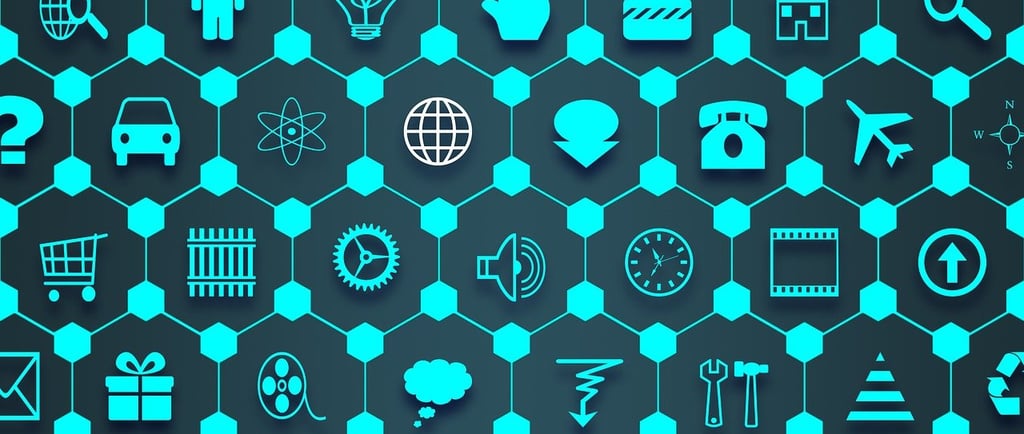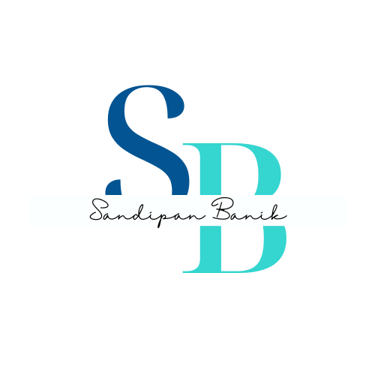Disruption vs Innovation in Business: Unraveling the Path to Progress
This blog takes a dive at deciphering the differences between disruption & innovation approaches from a business context and weighs the pros and cons of both the approaches to understand, is really one better than the other?
Sandipan Banik
9/21/20235 min read


In the dynamic world of business, survival and success hinge on a organization's ability to adapt, evolve, and stand out from the competition. Two strategies that have gained significant traction in this pursuit are disruption and innovation. While these terms are often used interchangeably, they represent distinct approaches that can yield diverse outcomes. In this article, we will delve into the realms of disruption and innovation, exploring their nuances, benefits, drawbacks, and the scenarios in which one might be preferable over the other.
The Distinction: Disruption and Innovation Defined
Before diving into the comparison, let's clarify the definitions of disruption and innovation:
1) Disruption
Disruption occurs when a new product, service, or technology radically changes the status quo of an industry. Disruption can dramatically alter the existing landscape of an industry. It challenges conventional norms and often displaces established players from their positions of power. Disruption doesn't necessarily entail the creation of something entirely new; it's about finding smarter, more efficient ways to solve existing problems.
2) Innovation
Innovation, on the other hand, encompasses the process of creating novel solutions new ideas, methods, products, or services that provide value to consumers, solve problems, or improve upon existing offerings. It can involve incremental improvements or groundbreaking inventions that enhance products, services, or processes.
Unleashing Disruption: Catalysts and Cases
a) Transforming Industry Paradigms
Disruption shines in scenarios where industries are plagued by inefficiencies, outdated practices, or monopolistic control. Companies that introduce disruptive technologies or business models bring fresh perspectives to the table. Prime examples are Netflix and Uber. Netflix revolutionized the entertainment industry. By offering streaming services and original content, it disrupted the traditional cable TV model, rendering it nearly obsolete.
And, Uber, a ridesharing platform revolutionized transportation services. By introducing a convenient and accessible alternative to traditional taxis, Uber disrupted the traditional cab industry and changed the way people perceive urban mobility.
b) Seizing Untapped Markets
Disruption can thrive when there are untapped markets or latent customer needs. Airbnb is a classic illustration of this phenomenon. By offering a platform that connects homeowners with travelers seeking accommodations, Airbnb disrupted the hospitality sector. It unlocked the potential of spare rooms and vacant properties, catering to travelers' desire for authentic experiences and cost-effective lodging.
And, Tesla, the electric vehicle manufacturer, identified the growing demand for sustainable transportation and disrupted the automotive industry. Its innovative electric cars not only addressed environmental concerns but also catered to consumers looking for cutting-edge technology and performance.
c) Embracing Technological Advancements
Advancements in technology often pave the way for disruptive innovations. The rise of smartphones led to the disruption of the photography industry. Traditional camera manufacturers faced a decline in demand as smartphone cameras evolved, making photography more accessible and convenient for the masses.
The advent of digital streaming significantly disrupted the music industry. Services like Spotify capitalized on the rise of high-speed internet and smartphones, fundamentally altering how music is consumed and distributed.
The Power of Innovation: Catalysts and Cases
a) Elevating User Experience
Innovation frequently centers on elevating the user experience. Consider the case of Apple and its continuous innovation in user interfaces. The introduction of the iPhone's touch screen interface revolutionized how we interact with technology, setting new standards for intuitive design.
Amazon as well is a testament to this approach. The company consistently innovates its e-commerce platform to enhance customer convenience, introducing features like one-click ordering, same-day delivery, and personalized recommendations.
b) Adapting to Changing Needs
Industries characterized by rapidly shifting trends and consumer preferences necessitate continuous innovation. The fashion industry, for instance, thrives on staying ahead of trends. Zara leveraged innovation by adopting a "fast fashion" approach, shortening production cycles and quickly responding to shifting consumer preferences.
Fashion Nova, another fast-fashion retailer, exemplifies this principle. By rapidly producing affordable and trendy clothing, the company stays ahead of fashion trends and caters to the desires of its style-conscious audience.
c) Niche Excellence
Innovation can shine when targeting niche markets with specialized needs. Impossible Foods, a company focused on plant-based meat alternatives, innovated in the food industry by creating products that cater to the rising demand for sustainable and ethical food choices.
Another example would be, Peloton, a company offering connected fitness equipment and virtual classes, tapped into the growing demand for personalized home workouts. Through its innovation, Peloton created a community-focused fitness experience that resonated with health-conscious consumers.
Selecting the Optimal Approach: Disruption or Innovation?
When to choose Disruption?
a) Stagnant Industries
Disruption is well-suited for industries that have remained unchanged for a significant period, signaling a need for radical transformation.
b) Pioneering Technologies
Disruption can be a powerful tool when a groundbreaking technology emerges, with the potential to reshape entire industries.
c) Untapped Opportunities
When there are untapped markets or unmet needs, disruption can unlock hidden potential and create entirely new markets.
When to Embrace Innovation?
a) Dynamic Markets
Industries marked by rapidly evolving consumer preferences benefit from continuous innovation to stay attuned to changing demands.
b) User-Centric Focus
For businesses looking to enhance customer experience, customer satisfaction and retention, innovation can be more feasible than disruption.
c) Gradual Enhancement
When industries require incremental improvements rather than radical overhauls, innovation is a prudent path to pursue.
Striking a Harmonious Balance: A Practical Recommendation
In conclusion, both disruption and innovation hold immense value, depending on the context and goals of a business or industry. Disruption is a powerful tool to upend industries and introduce game-changing concepts, while innovation thrives in the art of refinement and continuous enhancement. Striking the right balance between these strategies can lead to sustained growth and success in an ever-evolving landscape.
Hence, in the perpetual struggle between disruption and innovation, finding a harmonious balance between the two is often the most pragmatic approach. The disruptive entry of new players can be accompanied by uncertainty and risk, potentially alienating existing customers and partners. Conversely, focusing solely on innovation might limit a company's ability to make transformative leaps.
SpaceX serves as an example of this balanced approach. It disrupted the space technology industry with reusable rocket engines, but instead of merely disrupting, it also innovated by investing in development of spacecraft and mega constellation of low-orbit satellites. This approach allowed SpaceX to maintain its disruptive edge while continuously enhancing its products and services creating a dominant position for itself in a competitive market.
Apple provides a compelling case study of striking this balance. While Apple's innovations like the iPhone's touch screen interface and the App Store have set new industry standards, the company also embraces disruption by entering new markets. The launch of the Apple Watch disrupted the traditional watch industry by incorporating smart technology and health features.
Therefore, both disruption and innovation offer unique pathways to success, contingent upon the circumstances and objectives of a business. Disruption can lead to groundbreaking shifts, while innovation sustains steady progress. Companies that effectively navigate the terrain of disruption and innovation are poised to not only weather the storms of change but also to steer the ship toward uncharted waters, where untold opportunities await.
- End
Disclaimer: The above article is based on personal understanding and views of the author. The concepts discussed are solely for informational purposes and should not be considered as professional advice or guidance. The author does not take responsibility for any positive or negative impact resulting from the application of these concepts or ideas. Readers are advised to exercise their own judgment and discretion when implementing any information provided in this article. The author recommends seeking professional advice or conducting further research to verify and validate any concepts or ideas discussed. The author shall not be held liable for any consequences or damages arising from the use of the information presented in this article.
Strategic Leadership | Growth Leadership | Revenue Operations | Growth Strategy | Data & AI | AI Strategy | Go-to-Market | Positioning | Pre-sales | Customer Success | Strategic Relations | Customer Experience | Market Expansion | Product Leadership | Content Strategy | Startup Mentor | SaaS | AI Evangelist | Ethical AI | Trainer | Speaker | Writer | Blogger | Content Creator
Get in touch
Basecamp
Chennai,
Tamil Nadu, India.
Reach Us
+91 936 045 2442
hello@sandipanbanik.com
sb@sandipanbanik.com
sandipanbanik81@gmail.com
